Active in the 20th century, Edward Estlin Cummings was an American poet, novelist, playwright and painter. His most famous works are his poems which were radical for their use of unconventional punctuation and phrasing. He was deeply influenced by his father in his early life, married thrice, wrote several controversial works and became among the leading poets of America by the end of his career. Know more about the family, life, works, career and death of E.E. Cummings through these 10 interesting facts.
#1 HIS FATHER WAS A PROFESSOR AT HARVARD UNIVERSITY
Born on 14th October 1894 in Cambridge, Massachusetts, Edward Estlin Cummings was the first of two children of Edward Cummings and his wife Rebecca Haswell Clarke. His younger sister Elizabeth was born in 1901. His father Edward was professor of sociology and political science at Harvard University for nine years. He left Harvard in 1900 to become the minister of Old South Church in Boston, which was famous for its commitment to social issues. Cummings was called Estlin by his loved ones. His mother Rebecca Clarke belonged to a family with a long history of literary leanings. Estlin’s parents were Unitarian, i.e. they believed that God is one entity.
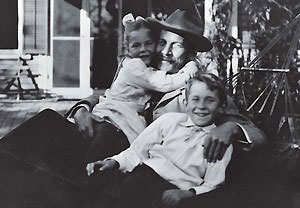
#2 HE GRADUATED FROM HARVARD IN 1915
The Cummings family enjoyed a prominent status in Cambridge and Estlin grew up in the company of family friends such as the philosophers William James and Josiah Royce. E. E. Cummings later said that his father was the principal figure of his early life. Also his mother instilled in him a love for language and encouraged him to sketch and write verse. Cummings studied at the Cambridge Latin High School before entering the Harvard University in 1911. He received his B.A. degree in 1915 and was awarded an M.A. in 1916, both from Harvard.
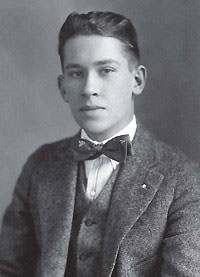
#3 CUMMINGS WAS ARRESTED ON SUSPICION OF ESPIONAGE
During World War I, Norton-Harjes Ambulance Corps was a service to assist movement of wounded Allied troops from battlefields to hospitals in France. In 1917, Cummings enlisted in the ambulance corps and there he befriended William Slater Brown, later an American novelist and biographer. Cummings’ outspoken anti-war views which he expressed in his letters, his lack of hatred for Germans and his friendship with Brown, a suspected spy, led to French authorities arresting the two on September 21, 1917 on suspicion of espionage. Cummings was released on December 19, 1917 after being imprisoned for three months at La Ferté-Macé detention camp in Normandy. Brown was released two months later. Cummings’ 1922 autobiographical novel The Enormous Room provides a fictional account of his imprisonment.

#4 HIS FIRST COLLECTION OF POETRY WAS TULIPS AND CHIMNEYS
Cummings had started writing poetry as early as 1904, when he was not even 10 years old. At Harvard, he was introduced to the poetry of writers such as Gertrude Stein and Ezra Pound, whose works influenced his early poetry. Cummings was an editor of The Harvard Monthly; and he published his poems and other works in the magazine. In 1923, his first collection of poetry titled Tulips and Chimneys was published. This was followed by XLI Poems, which was published in 1925. These works established Cummings’ reputation as an avant-garde poet bringing him critical attention.
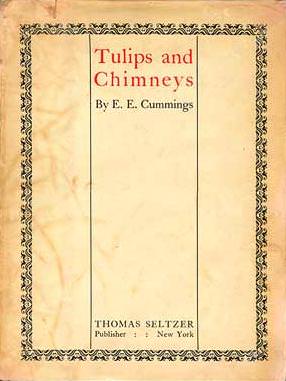
#5 HIS POETRY IS FAMOUS FOR UNCONVENTIONAL PUNCTUATION AND PHRASING
The poetry of Cummings doesn’t conform to established styles and structures. He experimented radically with form, punctuation, spelling and syntax; and invented compound words to create a highly individualistic style of poetic expression. However Cummings also wrote traditionally styled verse such as sonnets. Cummings’ poetry often deals with themes of love and nature; and he was not afraid to explore the genre of eroticism. Poet and critic Randall Jarrell called Cummings “one of the most individual poets who ever lived”.
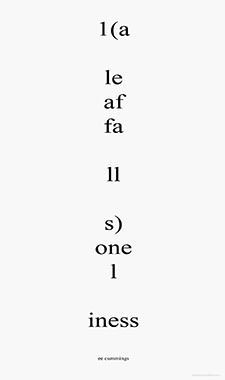
#6 HE IS REGARDED AS A TOWERING FIGURE IN LITERARY MODERNISM
Literary modernism is difficult to define as it encompasses a wide variety of movements and as many writers who are termed as modernists were not affiliated with these movements. Broadly, modernist literature is characterized by a radical break with traditional ways of writing in favor of new forms of expression. Modernist poets experimented with form; and moved away from the personal towards the intellectual; among other things. During his life, and even around decade after his death, Cummings was thought of as a classically-influenced poet. However, with time, Cummings came to regarded as a towering figure in literary modernism.
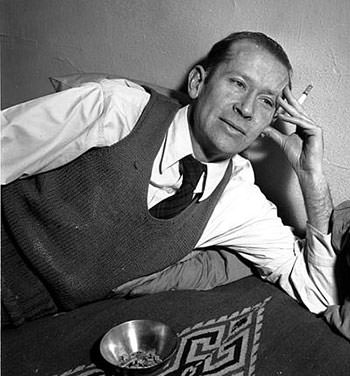
#7 HE WAS DEEPLY AFFECTED BY THE DEATH OF HIS FATHER
In 1927, Cummings’s parents were involved in a car accident during which his father lost his life and his mother was severely injured. Cummings paid homage to his father in the poem “my father moved through dooms of love”. The death of his father had profound effect on Cummings and this is reflected in his work, the focus of which shifted to deeper aspects of life. The incident is considered the beginning of a new phase in his career as an artist and writer.
#8 CUMMINGS WAS ALSO A PROMINENT PLAYWRIGHT, ESSAYIST AND ARTIST
Apart from writing around 2900 poems, Cummings created numerous drawings and paintings, and wrote two autobiographical novels, four plays and several essays. His most successful novel is perhaps The Enormous Room, which was published in 1922. His 1946 play Santa Claus: A Morality, an allegorical Christmas tale consisting of one act of five scenes, is considered his most successful play. His most famous collection of artworks is CIOPW; the title is an acronym made from the initial letters of the five media he used to produce the collection: charcoal, ink, oil, pencil, and watercolors. Published in 1931, CIOPW contains 99 works, 27 of which are drawings and 72 of which are paintings.
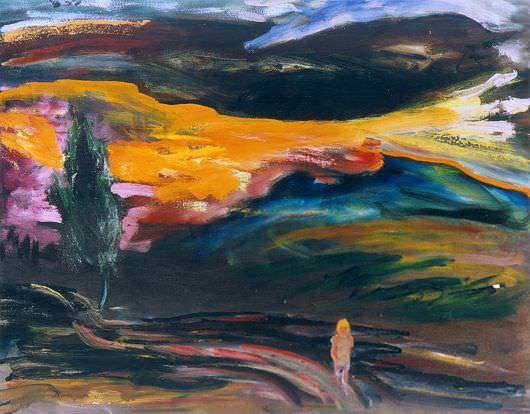
#9 HIS DAUGHTER MARRIED THE GRANDSON OF THEODORE ROOSEVELT
Officially, Cummings was married twice. In 1918, he became involved in a love affair with Elaine Orr, who was married to his Harvard friend Scofield Thayer. Much of his erotic poetry is from this period. The couple had a daughter out of wedlock, named Nancy. Born on December 20, 1919, Nancy was Cummings’ only child. She would go on to marry Joseph Willard Roosevelt, grandson of former US President Theodore Roosevelt. After Orr divorced Thayer, the couple married on March 19, 1924 but divorced within nine months. Cummings married his second wife Anne Minnerly Barton on 1st May 1929 but they separated three years later. In 1934, Cummings became romantically involved with Marion Morehouse, a fashion model and photographer. Although it is not known whether they formally married, they lived together in a common-law marriage till the death of Cummings in 1962.
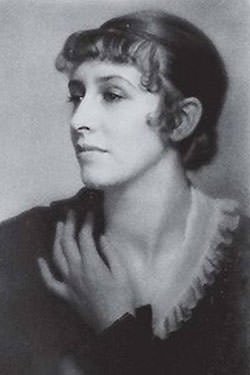
#10 HE IS AN ILLUSTRIOUS FIGURE OF 20TH CENTURY ENGLISH LITERATURE
While serving for the ambulance corps. Cummings fell in love with Paris and he revisited the city several times during his life. He spent the summers of his later life at his summer home in Silver Lake, New Hampshire. Known as Joy Farm and E. E. Cummings House, it became a designated National Historic Landmark in 1971. Cummings was not a very renowned poet for a large part of his career but was able to gain widespread fame and recognition by the 1950s. He died due to a stroke on 3rd September 1962 at the age of 67 at the Memorial hospital in North Conway, New Hampshire. By the time of his death, Cummings was the second most widely read poet in the United States, after Robert Frost. He is now a respected and celebrated figure of 20th century English literature with his verses featuring in numerous songs and movies.
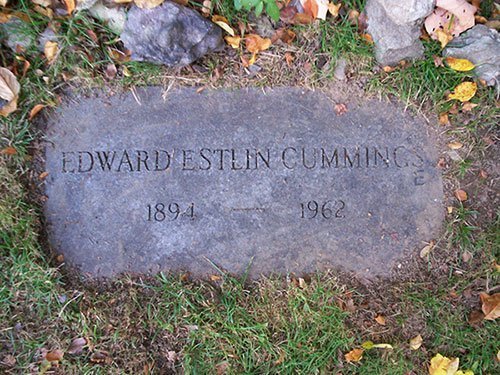
E E CUMMINGS
Cummings’ name is often written as “e e cummings“. It is a mistaken belief that he changed his name officially to lowercase letters. Cummings used to capitalize words in his verse only to add meaning to it. His poems are usually in lowercase with capitals only used sparingly. Cummings didn’t object when his publishers started lowercasing his name which has led to this practice being used by others. He himself capitalized his name in his signature and in the title pages of original editions of his books.

